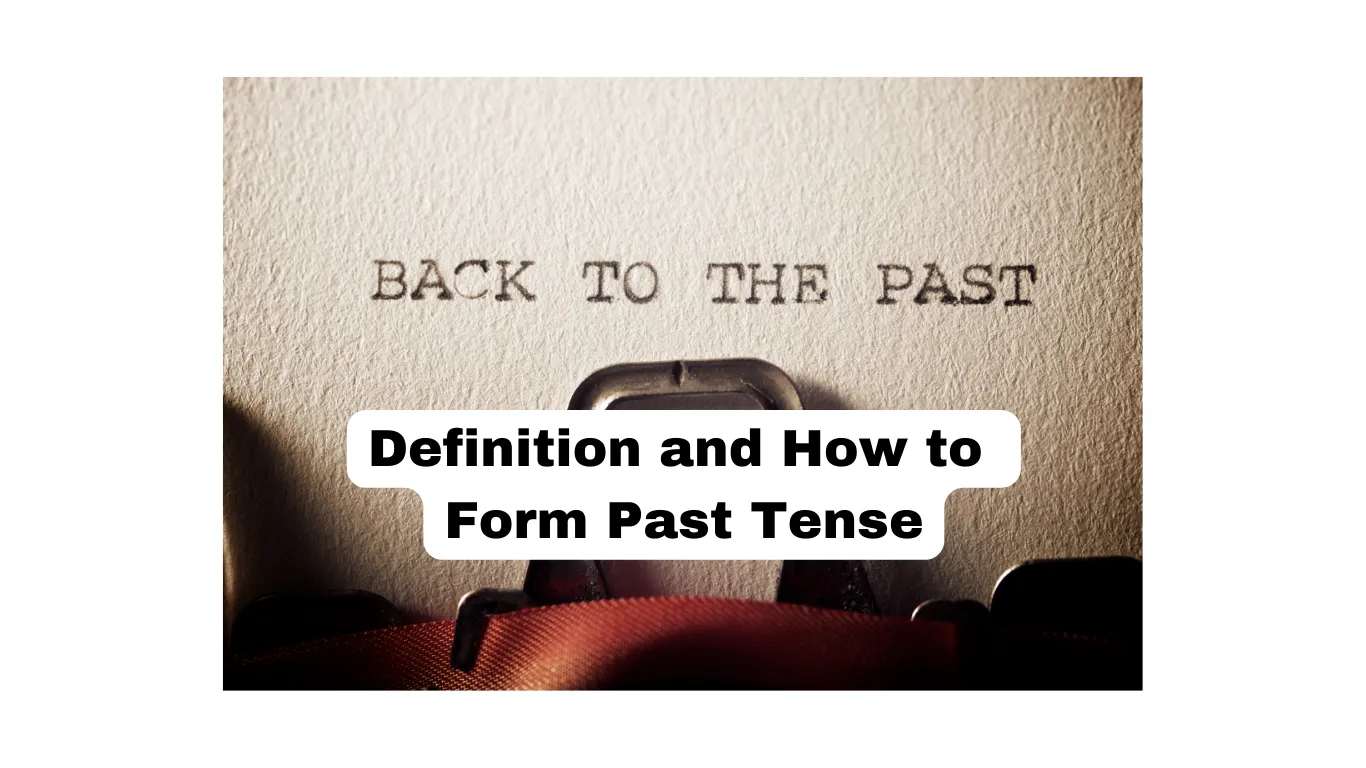Tenrycolle.com
What better to do than, share your English knowledge with other people
What better to do than, share your English knowledge with other people
What better to do than, share your English knowledge with other people

Mastery of verb tenses, including the past tense, is crucial for effective communication in English. Whether you are recounting past experiences or crafting engaging narratives, understanding how to form the past tense correctly and avoiding common mistakes will enhance your language proficiency. This article will dive deep into past tense, its formation, and common mistakes to avoid.
Read also: Simple Present Tense: Definition, Function, and Structure The past tense is sometimes called the preterit tense. It is a grammatical tense used in English to describe actions or events that occurred and were completed in the past that happened at a fixed time. It is one of the fundamental tenses in English and is widely used for narrating past actions or experiences.

The use of past tense in the sentence “I lived in Singapore for five years” primarily indicates that the action or state of living in Singapore occurred in the past and is no longer happening.
To form the past tense, there is some aspect that should be paying attention to, as follow:
Generally, add “-ed” to the verb’s base form (infinitive) to form the Past Tense of regular verbs. Here is an example sentence:
Base Verb: Play
Past Tense: Played
Example Sentence: He played basketball yesterday.
In this sentence, “play” is the base verb, and “played” is the past tense form used to describe the action that happened in the past.
Irregular verbs, however, do not follow a consistent pattern for forming the past tense. Each irregular verb has its unique past tense form that must be memorized. Here is an example sentence with an irregular verb:
Base Verb: Go
Past Tense: Wen
Example Sentence: She went to the store.
In this example, “go” is an irregular verb, and “went” is the past tense form used to describe the action of going to the store in the past.
It is important to note that there are many irregular verbs in English, and their past tense forms do not follow a set pattern, so they must be learned individually.
To create negative sentences in Simple Past Tense, typically use the auxiliary verb “did” (past tense of “do”) along with “not” (or its contraction “didn’t”) before the base form of the main verb. For interrogative (question) sentences, you invert the subject and “did.”
Negative: He did not finish his homework.
Interrogative: Did you go to the party last night?
| Did + not | Subject | Did + not | Past verb | Rest of sentence |
| – | I / You / We / They | – | worked | yesterday. |
| – | He / she / it | – | worked | yesterday. |
| – | I / You / We / They | did not | work | yesterday. |
| – | He / she / it | did not | work | yesterday. |
| Did | I / You / We / They | – | work | yesterday? |
| Did | He / she / it | – | work | yesterday? |
Simple Past Tense is often used with time expressions that indicate when the action occurred. These time references provide context and help the reader or listener understand when the past action took place.
Here are the lists of time references:
When using the negative form of the past simple, “didn’t” plus the main verb in the base form is used. The main verb is never in the past simple.
√ I didn’t play tennis last night.
× I didn’t played tennis last night.